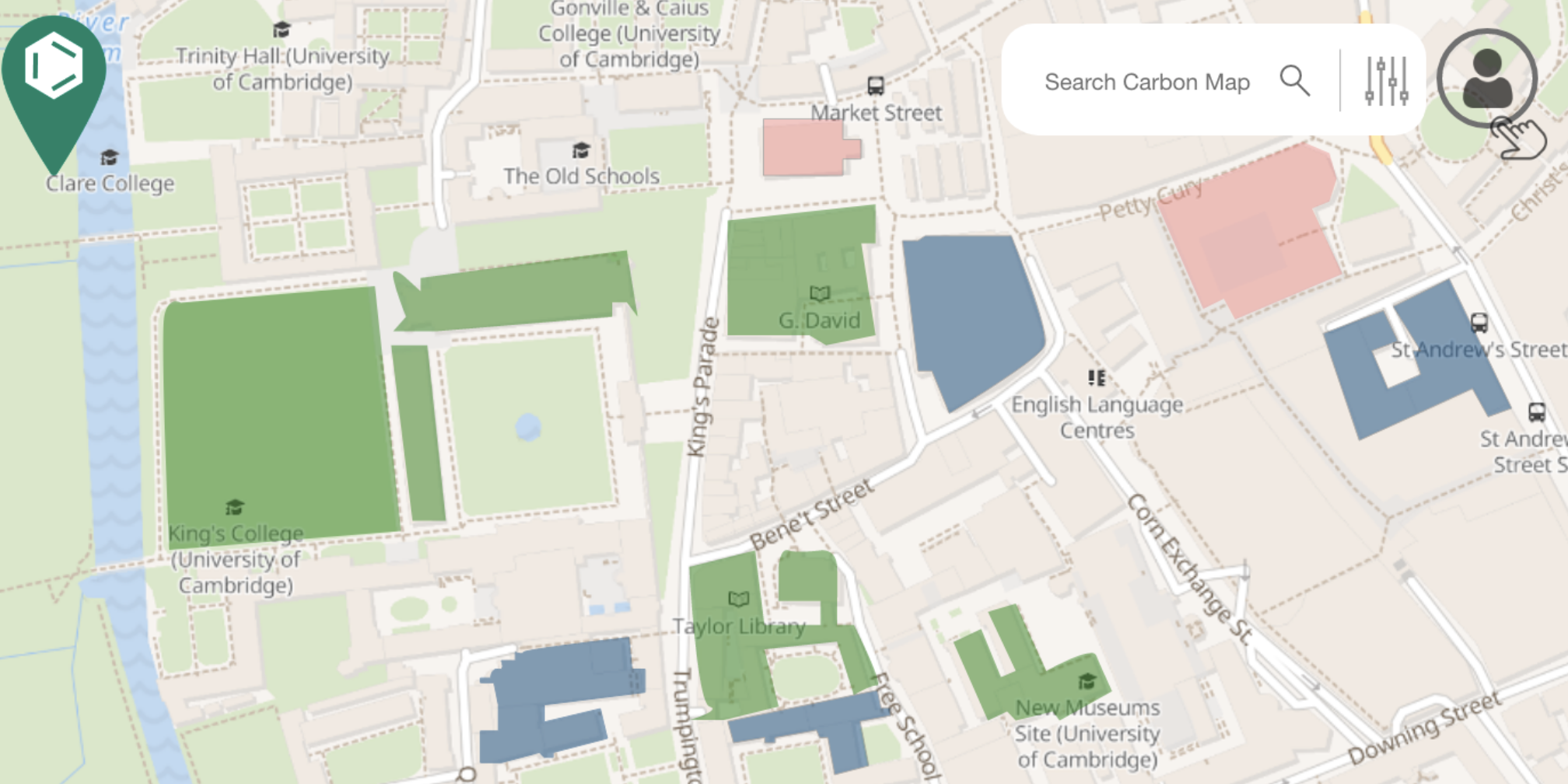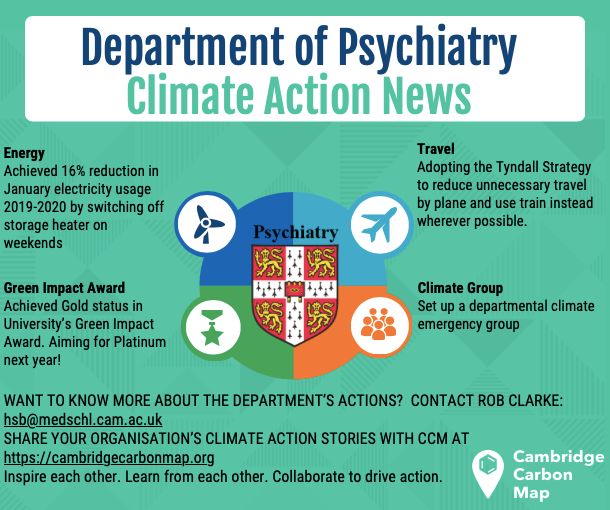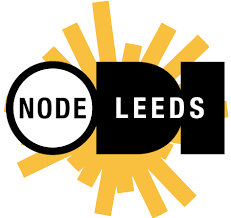Part 2 of our 3 part interview with Aled Jones and Jevriya Guliyeva, CCM’s front-end developer team who joined in March 2021. Here they explain what they have been working on for the map and the challenges and benefits of the experience.
Why did you join Cambridge Carbon Map?
Jevriya: I knew I wanted to be involved in a bigger project. On the website donatecode.com, I came across Cambridge Carbon Map and immediately realised that I wanted to join – it seemed like a very natural fit. Whilst it may seem like a tiny contribution towards tackling a huge problem, I’m really happy to have this opportunity to develop skills whilst working for a valid cause.
Aled: I found Cambridge Carbon Map through donatecode.com too. I’ve done a couple of other projects via the site to build my portfolio. I’m quite passionate about the environment, so if I can mix the three – learning, building my portfolio and helping the environment – then that’s a win-win-win!
I’m quite passionate about the environment, so if I can mix the three – learning, building my portfolio and helping the environment – then that’s a win-win-win!
What are you currently working on for Cambridge Carbon Map?
Aled: I have been building the side pane menu which you would use to navigate the map. Jevriya and I are just about getting to the point where we’re linking the map to the side pane so that you can select an entity from the side pane and it will find an entity on the map, or vice versa. In general, we’re modelling the Cambridge Carbon Map design off Google Maps which makes it more user friendly since a large company like Google have already invested a lot in UX and UI which has been proven to work.
Jevriya: Currently, I am working on the layers of the map that show the entities as well as stylistic features such as colours and interface. Entities are the representations of all the buildings and organisations that will be displayed on the map. I have had to use React Leaflet to help pinpoint areas of interest and it has also been a new experience to work on a map-based application having transitioned from projects predominantly focused on e-commerce. I’m also focusing on time complexity of the app at the moment to ensure it is not running too slowly.
Would you mind explaining what Typescript and Ionic are in simple terms?
Aled: React is a framework on top of JavaScript which makes it simpler to read and write. Ionic is a framework on top of React which allows you to build website and apps using the same code, recommended to us by Bertrand [Lamarque], who has been advising us. It uses Typescript, a language which is similar to JavaScript but it catches problems earlier. This really speeds things up so I’m actually thinking of using it for future projects. My main problems were being inexperienced with typescript and ionic. I tried to rush into it without reading up on it enough.
It uses Typescript, a language which is similar to JavaScript but it catches problems earlier. This really speeds things up so I’m actually thinking of using it for future projects.
What are some valuable skills that you have gained from working with Cambridge Carbon Map?
Jevriya: For me it’s learning new technical skills – this is important for my future career because I have started applying for a job now, and putting Ionic and Typescript on my CV looks great!
I have also found that joining a team is completely different to working on a personal project. In my old career I worked alone but as a team it is really valuable to be able to push your code to GitHub and have the chance to explain and defend your work, which helps you to write much more rigorous code.
Aled: I’ve just started freelancing with coding. One of my biggest fears when I started freelancing was getting to a job or a contract and ending up working in a team of people, since I hadn’t worked in a team before. From a background only working in hospitality, coding provides a very unique experience where we push our code out, and it can be quite an intimidating feeling – but after a while you get used to the team experience. This is a really friendly, welcoming environment, and having this be my first team project will definitely help me in the future when I get contracts within teams.
In my old career I worked alone but as a team it is really valuable to be able to push your code to GitHub and have the chance to explain and defend your work, which helps you to write much more rigorous code.
Interviewed by Shan Tan-Ya and Khaled Oozeer, 24th June 2021. Thank you to Bertrand Lamarque for guiding the team with the new frameworks.





